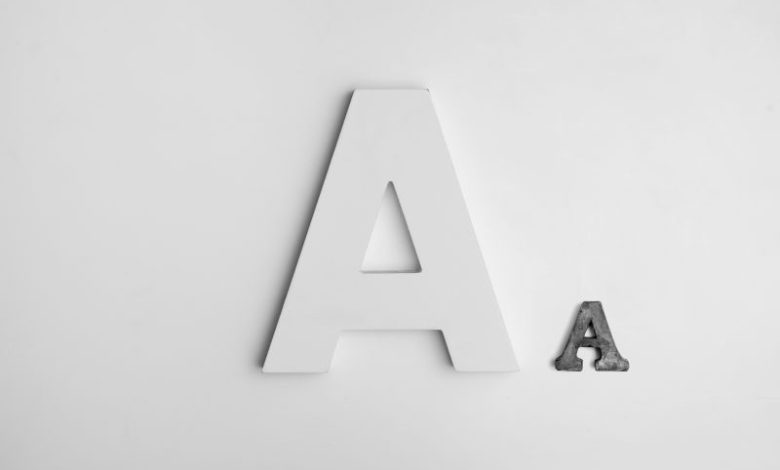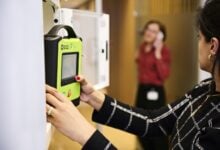Official rollout of structured literacy resources for te reo Māori
Structured literacy packs, including phonics checks and lesson plans, are announced for the Māori-medium curriculum.

Last week, Minister for Education Erica Stanford announced new structured literacy packs for Māori medium learners, including phonics checks in te reo Māori, an innovation spearheaded by Cath Rau and Hūrae White with the Ministry of Education.
The new packs will be delivered to 310 schools using Te Marautanga o Aotearoa for Years Zero to Eight.
“Packs have a book for each phase of learning that provides yearly guidance, lesson plans and activities. Digital versions of the resources will also be available online to ensure flexibility for schools and parents. Professional learning and development will continue to be available for teachers throughout 2025, ensuring they have the confidence to teach in a structured way,” said Stanford.
Read the latest print edition of School News online HERE.
The new te reo Māori phonics checks, called Hihira Wetero, will also be available for kaiako to measure ākonga progress in reading and oral te reo Māori. Checks are available for 20, 40 and 55 weeks of schooling to identify children who may need extra support.
The 20-week check assesses a child’s ability to hear and distinguish sounds (phonemic awareness). At 40-weeks the aromatawai checks a child’s ability to identify lower case letters (alphabetic principle), and at 55 weeks a child is assessed for pānui (reading) and tuhituhi (writing) skills.
Hihira Wetero is part of the new Rangaranga Reo ā-Tā programme, a structured literacy approach designed specifically for te reo Māori.
The aromawatai were trailed in late 2024 and assessed for efficacy. A psychometrician found the checks robust. PLD is now available for Rangaranga Reo ā-Tā for Years Zero to Three.
Kaiako can report results of Hihira Wetero through a secure portal provided by the Ministry of Education. The data will be used to show national progress for the 40-week check and allow the ministry to identify kura and schools who may require more resource and support.
“This is the first time children learning through te reo Māori are being taught using structured approaches in a way designed specifically for them,” said Stanford.
“We’re ensuring tamariki and their teachers have access to the tools they need to succeed and learning isn’t left to chance.”









